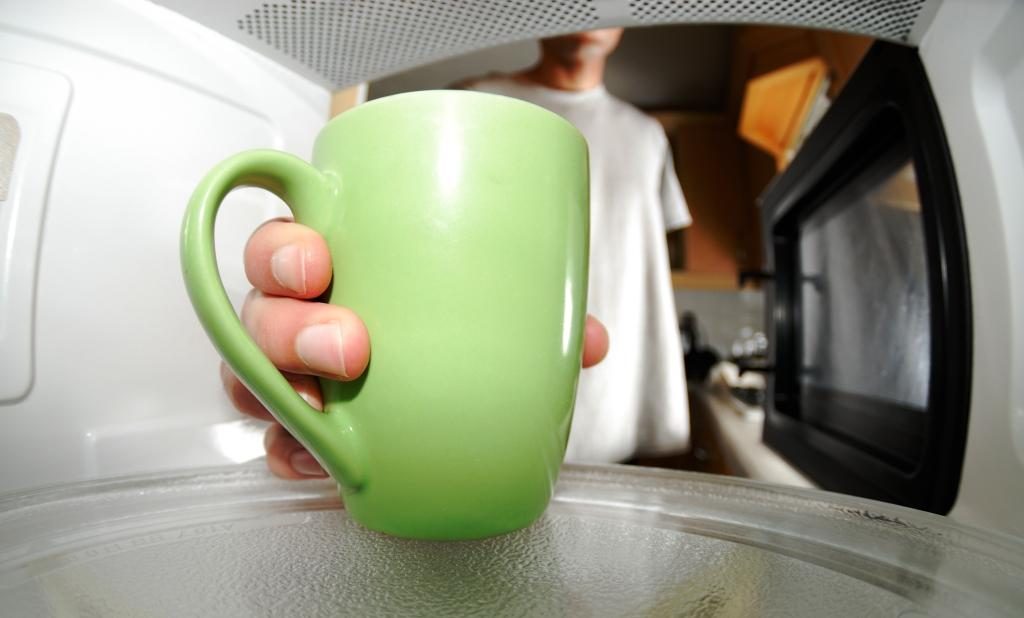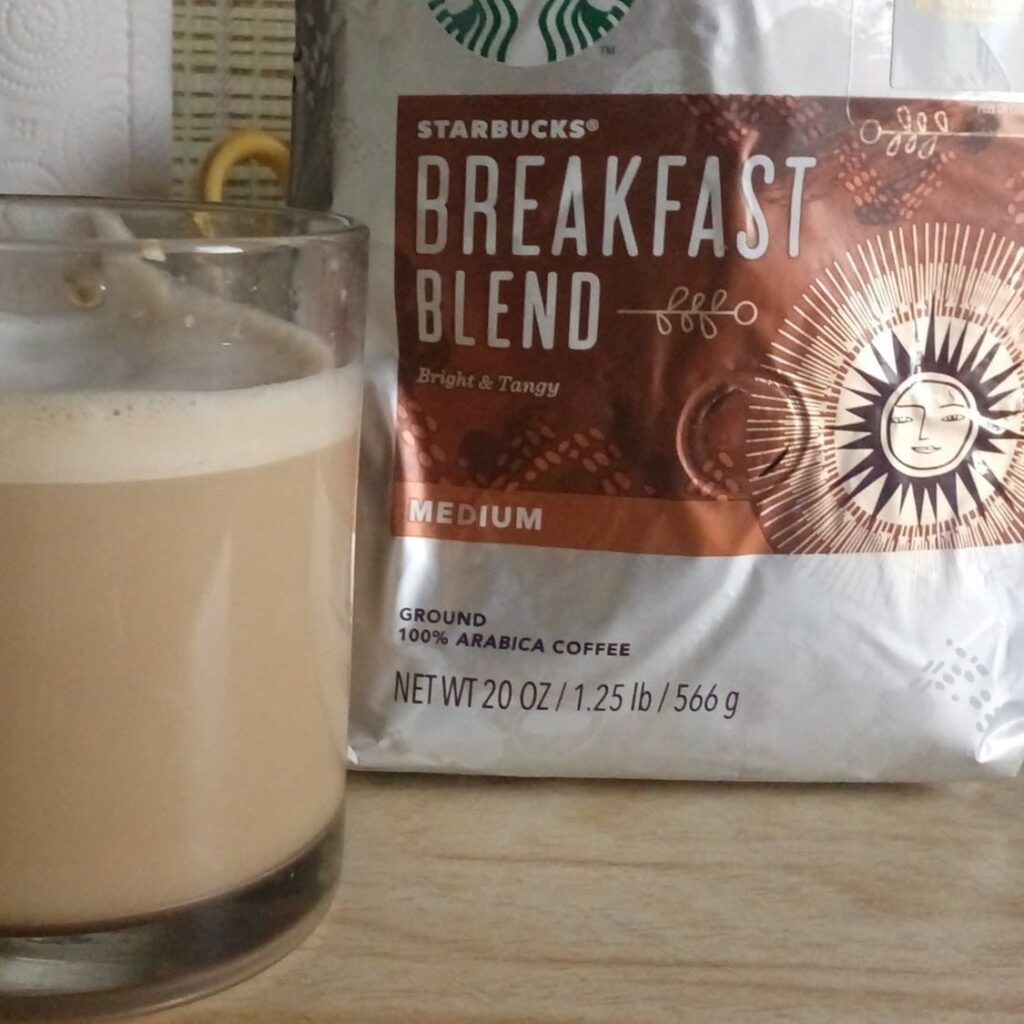

Coffee can come in many forms. It can be iced or flavored with cream, milk, honey, and other flavors. All these might make it taste better, although nothing compares to a freshly brewed pot of your favorite beverage. However, there are times when, due to circumstances, you might brew a cup of coffee and not have the time to drink it. It might be an unexpected phone call or a disruption of your morning routine. Either way, your hot, fresh cup of coffee might end up being lukewarm. When this happens, you face the choice of drinking it lukewarm or reheating it. How to reheat coffee? Why does coffee taste how it tastes? These and other questions will be answered in this post.
Coffee is best served hot. But not piping hot. Coffee that is hot enough to scald your tongue is not an ideal cup of Joe. How hot should your coffee be? Well, firstly, you must understand that the brewing temperature for coffee is different from the serving temperature. You might be expecting a specific temperature to serve coffee, but the truth is there is no conclusive report on how hot it should be to be considered a perfect cup of coffee. The right temperature for serving coffee depends on the drinker. However, some temperatures bring out certain flavors in coffee.
If you love a rounded, sweet, and bitter note in your coffee, then drinking your coffee at a 155 to 175 Fahrenheit range will bring out these notes.
If you like a sharp, slightly acidic and bright cup of coffee, the stated range is between 120 to 140 Fahrenheit.
If all these do not matter to you, but you love the warm sensation of a hot cup of coffee instead of any notes, then a temperature between 180 to 185 Fahrenheit will suit you right to the ground.
If your coffee is lukewarm, some quick reheating tips are:
Coffee derives its rich, bitter taste from its complex chemical composition. Coffee contains around 1000 different compounds that provide the unique flavor it delivers. The great thing about coffee is that even within this relatively large number of chemicals, it comes with wide variations. The way your coffee tastes is affected by several factors.
Coffee’s taste is dependent on the method of growing, cultivation, harvesting, and related factors. Unripe coffee beans will not provide as rich a flavor as you would get from ripe coffee beans. During collection, the supplier might harvest using manual or mechanical means. If automated means are employed, ripe and unripe coffee beans might be picked and processed together. However, if it is done manually, the workers will handpick only mature coffee beans.
Another factor that affects the taste is the type of soil the coffee is grown in. If the soil imbues the beans with a high level of 3-methyl butane, your cup of coffee will have a strong caramel taste.
Because it contains chemicals, it is only natural that the taste of the coffee will be affected by heating. When it is heated or cooled, the aroma and the flavor will be altered. This is why coffee’s aroma is most potent when hot water is added to it. That roasted aroma that is synonymous with coffee starts to disappear, the colder the coffee gets.
The chemistry of your coffee changes as it cools down. Furthermore, a cup of coffee left to cool down will start to taste sour due to the increased acidity.

Instead of causing cancer, coffee fights against cancer and reduces the risk.
The answer to this question depends on the drinker. Everyone has different tastes. Hence, while some love taking their coffee black without any dressings, others cannot stand the bitter taste and pump their coffee full of additives like milk and sugar. And that is fine.
The only sure answer to the question above is that the taste of your coffee will change when it is reheated. The same way the taste changes when a hot cup is left to cool is the same way reheating a cup of coffee will change the taste.
Some folks believe that reheating will make coffee undrinkable and bitter, yet others do not mind the taste. Yet others do not even notice any difference in the taste. Others might see the change in taste but do not care. As we said, it all boils down to personal opinion.
There are several methods of reheating coffee. Let’s consider some of the safe ways.
This method is the main reason why many folks think reheating coffee is terrible for your health. If we had a dollar for everyone who believed that using a microwave for heating food causes cancer, we’d be pretty rich. However, from experience and research, there is no proof that heating a cup of coffee causes any damage.
Since we have established that you are not in any danger, how can you use this method? It is pretty straightforward.
Although your microwave-heated coffee will usually come with a bitter taste, you can always add flavor to it.

One of such methods is the stove-top method.
This method might take longer than the microwave process, but it doesn’t cause the coffee to taste as bitter. Here’s what to do:
Reheating your cold or a lukewarm cup of coffee is ultimately your decision to make. If you think it would be right for you, go ahead and reheat it. And if you prefer your drink to maintain a hot temperature for a long time, you can get yourself one of the best coffee thermoses and carry it around.





